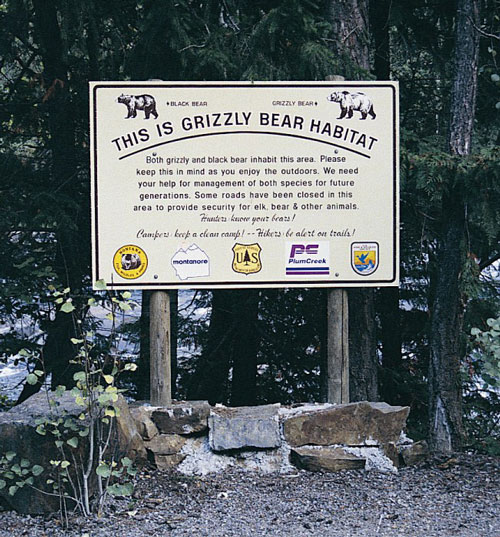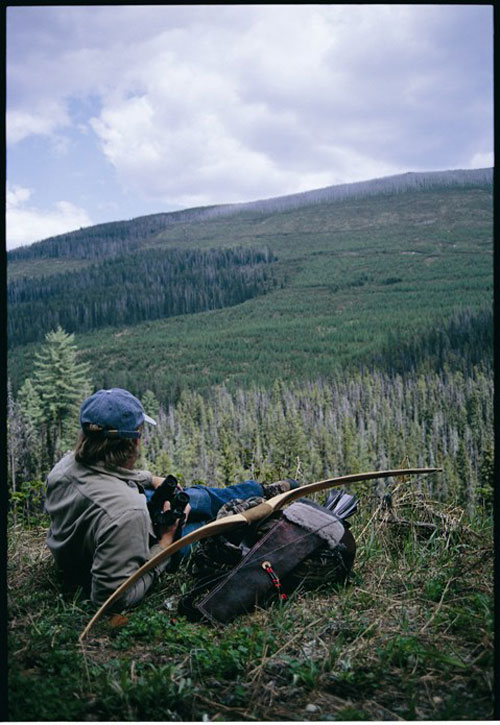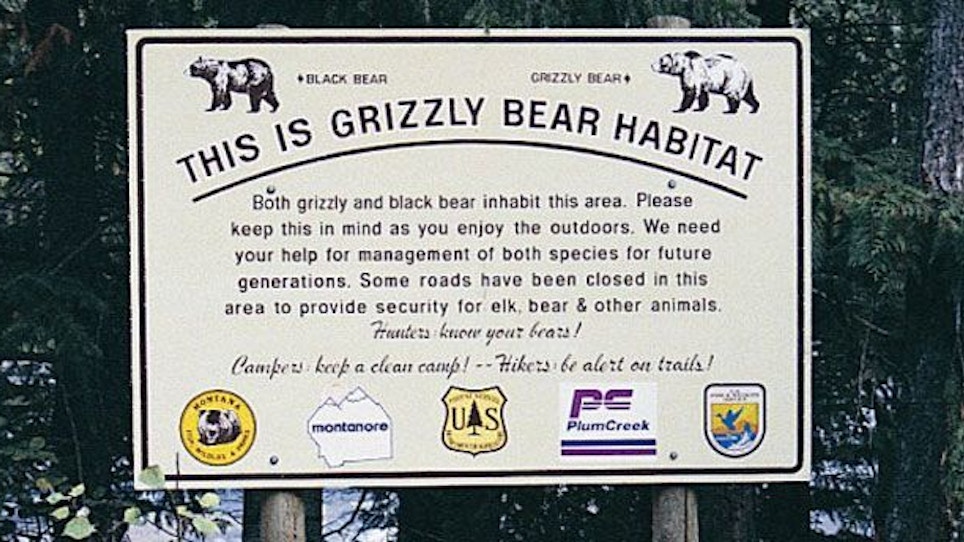 When a black cloud is hanging over it can feel like forever until it’s gone. Mine has been hanging on for almost a year now and is still holding.
When a black cloud is hanging over it can feel like forever until it’s gone. Mine has been hanging on for almost a year now and is still holding.
Bad luck in bowhunting usually means either botched opportunities—missed shots and the like—or, worse, going away on a trip and not getting any chance for a shot at all.
It makes you wonder, though, long and hard about why we do this thing, why we expend so much effort, so much time and money, on a pastime that isn’t even understood, let alone accepted, by the public at large.
I had plenty of time this year to think about the “whys” of bowhunting. In Michigan’s Upper Peninsula this winter, bobcats eluded the hounds and me on two different occasions. I shot under the belly of a big, fat Iowa buck in November. Then came the spring and turkeys in southeast Montana, which were dang near a bust until we finally found a couple on the last day and I choked and shot over the top of one.
I didn’t go off to hunt black bear with very much confidence in myself, or even in my chances of seeing one. I’ve been trying for black bear for what seems like forever. And I’ve often come close, but something unlucky always seems to happen in those last few, heart-pounding moments of the stalk.
Most of it is because of the way I’ve been trying to kill one lately; spot and stalking black bears with the restrictions traditional archery tackle places upon you is just plain hard. It can get downright expensive, too, when you consider that there aren’t many places outside Alaska and Canada that lend itself to this style of hunting.
In the Lower 48, there are a regrettably few places remote enough to hunt bears this way. In Montana, however, lies the Kootenai National Forest hard pressed against the Idaho and Canada lines.
Kootenai’s Black Bears, Grizzlies, And More
Up here you’ll find not only black bears, but grizzly, too, and some of the last remaining country where creatures like this are allowed to live. On the way into the valley where I hunt, there’s a sign along the road, a big metal sign that you could very well miss if you’re driving too fast. The sign tells you that you’ve just entered grizzly bear country.
Similar signs you’d see if ever you went camping in Yellowstone or Glacier. The difference here, however, is that this isn’t a park; the bears, the wolves, the moose, elk, eagles, great gray owls, and wolverines aren’t nearly as hemmed in like they are down below. This makes all of them seem more real, and this country more wild, as if upon entering this place you may have just stepped back in time, back to the time when all of this—the world—was formed.
It’s partly because of the grizzlies, I think, that you get this sense of wilderness. Though they are reclusive and sightings here are rare, their presence reminds you that here you’re part of the system, one of many rungs on the ladder, instead of up at the top staring down.
The black bears here far outnumber the griz. But by no means does this make the hunting any easier. This is big country and much of your time is spent walking it, glassing it—“narrowing the search” as they say.
Last year we concentrated our efforts around Lost Horse Mountain, because, according to Tim, in the spring all those north-facing slopes, gated Forest Service roads, and grassy clearcuts there make it one of the best places in the valley to find them.
See page 2 for more.
Spotting Emerging Bears
 Even though the gorp-eating, tree-hugger in me hates the sight of any clearcut, the hunter in me knows what they mean to the bears. After coming out of hibernation in spring, a bear doesn’t give a damn about scenery, only food, which in this case takes the form of the grass and clover that grows up these sun-washed openings.
Even though the gorp-eating, tree-hugger in me hates the sight of any clearcut, the hunter in me knows what they mean to the bears. After coming out of hibernation in spring, a bear doesn’t give a damn about scenery, only food, which in this case takes the form of the grass and clover that grows up these sun-washed openings.
We saw three bears in four days of hard walking. But they were small, small even by local standards. A “good” black bear here goes 250 pounds. Though some recordbook bears have been taken over the years, this isn’t the kind of place you come when you’re trying to get your name in Pope and Young. These are big-woods bears—old world blackies that have existed in this place ad infinitum. Those who come here do so with the knowledge that a bear killed here is one honestly earned.
Though I was hoping for a good bear, seeing the smaller ones made me think that maybe the black cloud was lifting. It also confirmed that the only thing even close in importance to good footwear in this enterprise is a pair of good binoculars.
Both my guide and I were packing them, which, in light of all the walking we did, was far less cumbersome than packing along a spotting scope.
Next: Judging Bear Size; Grizz Sighting






